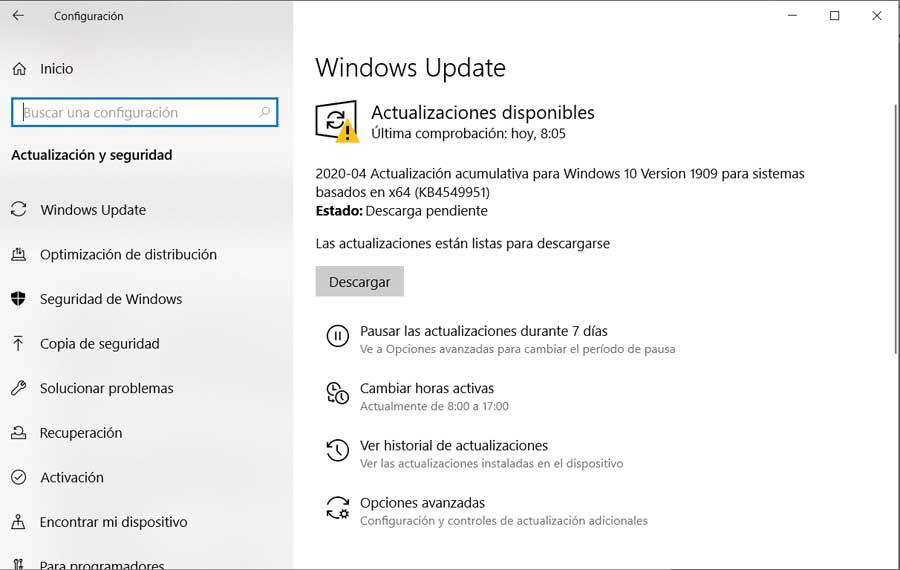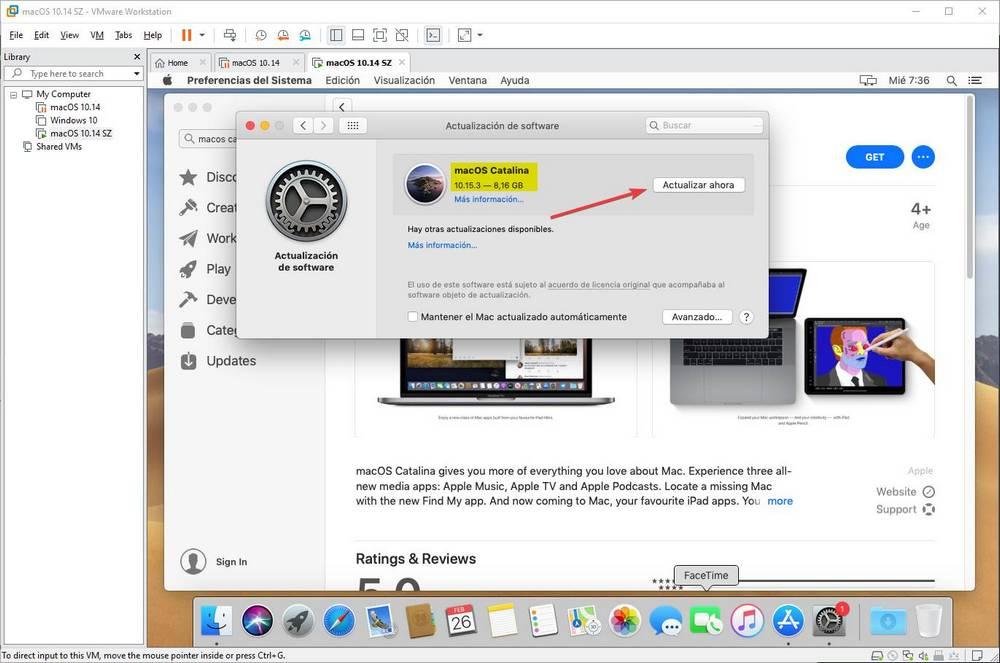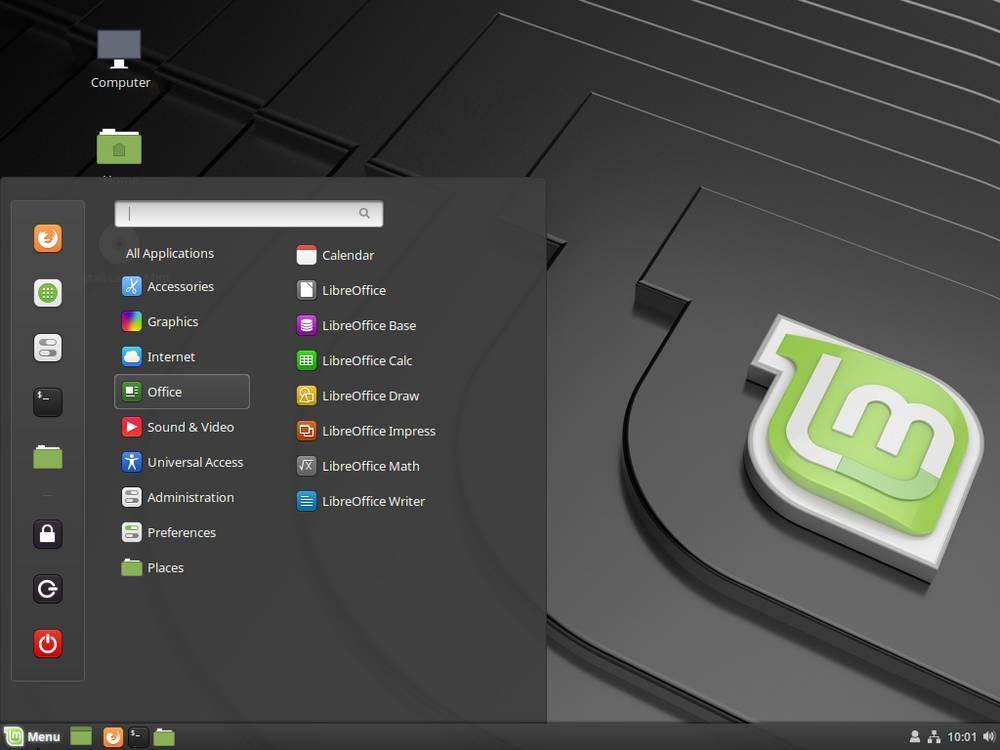- Мультизагрузка Windows, Linux и Mac OS X
- Установка Windows, Linux и Mac OS X
- Примечание 1, GPT и GRUB EFI
- Примечание 2, BSD загрузчик ядра XNU
- Ways to Update Major Operating Systems: Windows, Mac and Linux
- Why do we need to update the operating system
- Ways to receive updates
- This is how Microsoft Windows receives its updates (H3)
- How macOS computers receive updates
- Update Linux distributions in the best way
Мультизагрузка Windows, Linux и Mac OS X
Первое что необходимо сделать это создать на жестком диске необходимое количество разделов под эти ОС. По минимуму потребуется 4 раздела — 1 для Windows, 1 для Mac OS X и 2 для Linux. Два для Linux, потому, что в отличии от Windows и Mac OS X Linux для swap использует отдельный раздел. При этом важно, чтобы разделы на диске были в формате MBR (еще этот формат называют DOS).
Какой программой создавать разделы это дело вкуса, на мой взгляд наиболее удобно использовать Live дистрибутив Ubuntu Linux и программу Gparted.
Относительно структуры разделов. Нужно будет как минимум два первичных раздела — для Mac OS X и Windows. При этом раздел для Mac OS X нужно будет создать обязательно с файловой системой FAT32. Linux можно устанавливать на логические разделы в расширенном разделе. То есть конфигурация диска например может быть такой:
- Первичный раздел 1 — файловая система NTFS. Раздел для установки MS Windows.
- Первичный раздел 2 — файловая система FAT32. Раздел для установки Mac OS X.
- Расширенный раздел, логичекий раздел 1 — файловая система linux swap. Раздел для установки GNU/Linux.
- Расширенный раздел, логичекий раздел 2 — файловая система linux ext3. Раздел для установки GNU/Linux.
Кроме этих четырех разделов можно создать еще общий для всех ОС раздел для размещения общих файлов. Однако при выборе файловой системы для такого раздела, нужно знать о том, что:
- Mac OS X — умеет читать и записывать на файловую систему FAT32, не умеет записывать на файловую систему NTFS и не умеет читать систему Ext.
- Linux — умеет читать и записывать на файловые системы FAT32, NTFS, но не умеет записывать на файловую систему HFS+ journaled.
- Windows — умеет читать и записывать только файловые системы FAT32, NTFS.
То есть общий файловый раздел должен иметь файловую систему FAT32. Относительно размеров разделов. По минимуму раздел для каждой ОС я бы рекомендовал не менее 10 Гб. Но если диск достаточно большой, то лучше по 15-20 Гб. Размер раздела linux swap нужно определять немного больше чем размер оперативной памяти, это связано с тем, что при выключении в режиме hibernate Linux записывает образ оперативной памяти на swap раздел.
Установка Windows, Linux и Mac OS X
После разбиения диска на разделы можно начинать установку. Первыми нужно устанавливать Windows и Mac OS X, какую именно из них первой, а какую второй безразлично. Нужно только знать, что после установки второй из этой пары, загрузка с первой станет временно невозможной, но это исправляется после установки Ubuntu Linux.
Важное примечание по установке Mac OS X. После того, как загрузится установщик Mac OS X, нужно будет запустить программу «Дисковая утилита», затем, в этой программе, переформатировать первичный раздел FAT32 в файловую систему HFS+ journaled. После этого закрыть программу «Дисковая утилита» и в установщике выбрать этот раздел HFS+ journaled для установки.
Последней устанавливается Ubuntu Linux (конечно это может быть и другой дистрибутив GNU/Linux). Желательно подобрать свежий дистрибутив который использует загрузчик Grub 2. После установки Ubuntu Linux и загрузчика Grub2 в стартовом загрузочном меню будут строки для запуска всех трех ОС. Но если, произойдет сбой и в меню Grub не будет Mac OS X или Windows тогда нужно будет загрузиться в Ubuntu Linux, там открыть терминал и выполнить команду update-grub.
Теоретические вопросы создания мультизагрузочных систем описаны в статье Мультизагрузка (multiboot system)
Примечание 1, GPT и GRUB EFI
Если Mac OS X устанавливается по умолчанию, то установщик делает разбивку диска в формате GPT. В такой ситуации для обеспечения мультизагрузки все равно можно использовать загрузчик Grub 2. Но нужно будет сделать дополнительный раздел с файловой системой FAT32 и затем при установке Ubuntu указать этот раздел как /boot, а в опциях установки Grub указать тип загрузчика EFI.
Примечание 2, BSD загрузчик ядра XNU
Загрузка ядра Mac OS X XNU возможна как напрямую через Grub, так и с использованием 3-х ступенчатого BSD загрузчика (при использовании разметки диска в формате MBR). Частный случай такого BSD загрузчика это известный загрузчик Chameleon — специально модифицированный для загрузки ядра XNU на не Apple компьютерах. В случае использования такого BSD загрузчика в меню Grub добавляется chainloader на boot сектор того раздела на котором установлена Mac OS X. То есть Grub запускает вторую ступень BSD загрузчика, она запускает третью ступень, а та запускает ядро XNU.
| Copyright digital.workshop 1999 — 2021. Это произведение доступно по лицензии Creative Commons Attribution-NoDerivs 3.0. | Developed by digital.workshop |
Ways to Update Major Operating Systems: Windows, Mac and Linux
The computer’s operating system , whatever it may be, is perhaps the most important software component that we have on the computer, so we must take maximum care of it. The rest of the applications and platforms that we use on a daily basis depend on it, whether we are talking about Windows, macOS or Linux.
For some time now, it has been designed with everything related to security in mind. In fact, as the years go by, this is an increasingly important aspect. That is why operating systems in general, can not be fixed and immovable elements, but need to grow and improve. This is what we need updates for.
Updates to operating systems are key elements, so these elements should normally be considered essential. Chances are that in the absence of constant updates coming to us right now, the PC would become vulnerable.
Why do we need to update the operating system
It is worth mentioning that there are three reasons why system updates are important, something that can be extended to any software. First of all we must take into account the new functions that are implemented. And is that the developers of operating systems constantly provide new features. Although sometimes they are somewhat annoying, the truth is that they are basic to have modern software and the latest.
On the other hand, the security section comes into play, since it is impossible to know all the vulnerabilities that a program may initially include. Hence the updates contain security patches that reinforce the defenses of the code. Furthermore this must be renewed every so often, otherwise the danger grows.
And finally we will talk about the support. This is the one that provides an operating system with “life”. This is because a system that is no longer supported by its developers is considered “dead” or finished. As a result, a computer that no longer receives updates will gradually lose access to new applications, and will become increasingly vulnerable.
Ways to receive updates
On the other hand, it is worth noting that there are two ways to distribute these updates that we are talking about. One is a model that is considered as centralized. This is the one in which a single company manages all the updates that reach the computer , regardless of its brand or model.
By contrast, in a decentralized model, updates to the operating system come from many sources . So here there is a certain degree of separation between developers and those who package the different parts that reach users. Say that both approaches have their pros and cons. As an example, Windows or MacOS have a centralized approach. However Linux has a model that is considered as decentralized.
This is how Microsoft Windows receives its updates (H3)
The most popular desktop operating system is Windows, as you may already know. Well, Microsoft distributes system updates to anyone with a Windows PC. These are published depending on the version that is run. In the past, switching to a new version of the operating system was much heavier and more cumbersome. But with Windows 10 the situation is different, since the Redmond ones provided for free, another way to update this version, all through Windows Update .
In fact, this functionality automatically downloads updates and forces users to install them, which is not always liked by everyone. However this keeps computers up-to-date, we should just make sure to back up our data on a regular basis, just in case. Of course, over time Windows Update has been improving so that we can have some control over the process.
How macOS computers receive updates
Say that Apple for its part provides updates to its operating system directly to users through a dedicated software update tool. Unlike Windows, MacOS does not update automatically, but we can activate that function. Manual updates give us time to back up the data before we get the new version.
Of course, the signature of the apple does not specifically indicate how long each version of macOS will be compatible. But generally, the three most recent versions receive security patches, and the new versions are usually annual. But of course, the end of support for older versions can come at any time without an official announcement. In addition, the company usually explicitly lists the devices that will support each new version. If the computer is no longer in it, you will not receive any more updates.
Update Linux distributions in the best way
Normally we refer to GNU / Linux as simply Linux, but in this case it is important to know the differences. For example , Google’s Chrome OS is based on Linux, but the way it operates is different from other versions of Linux based on GNU software. There are many GNU-based desktops that we can download. Most give us a degree of freedom on how to handle updates. Notifications usually come automatically, although we must download and install the update manually.
This is something that is done through an application, or from the command line. Thus, the frequency with which we receive updates depends on the chosen Linux distribution . For example we can use a version of Linux until the computer no longer meets the minimum system requirements. But if we use a more specific distribution, we run a higher risk of losing access to updates, as the project may cease to exist.
We should also note that GNU desktops have the longest support life, so they will continue to work as long as the hardware meets the system requirements. Since the software is not developed in one central location, new updates and patches may be available for months or years.



